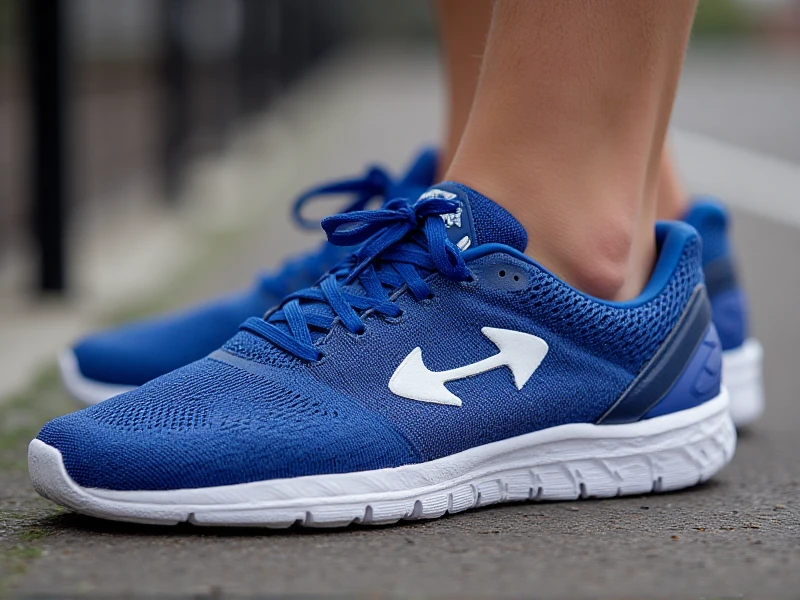The Ultimate Guide: Choosing the Best Men's Running Shoes for Performance and Comfort
2025-06-05

Picking the perfect pair of men's running shoes can transform your workout from a chore into a rewarding experience. Whether you're training for a marathon or jogging through neighborhood trails, the right footwear prevents injuries, enhances performance, and keeps you comfortable mile after mile. Let's break down what truly makes excellent men's running shoes.
Key Features That Matter
Modern running footwear incorporates revolutionary technology. Breathable mesh uppers prevent overheating, while engineered knit fabrics adapt to your foot's shape. Midsole cushioning is paramount – EVA foam offers responsive bounce, whereas newer PEBA compounds provide elite energy return for competitive runners. Outsoles utilize high-abrasion rubber in strategic zones for durability without adding weight. Look for models with targeted heel counters and arch supports matching your gait pattern.
Finding Your Foot-Type Match
Your running mechanics dictate the ideal shoe type. Overpronators benefit from stability shoes with medial posts that counteract inward rolling motions. Brands like ASICS Gel-Kayano and Brooks Adrenaline GTS excel here. Neutral runners can enjoy maximal cushioning in options like HOKA Bondi or Nike Invincible, perfect for road impact absorption. Minimalist zero-drop designs (e.g., Altra Escalante) suit forefoot strikers seeking natural movement. Still unsure? Visit specialty stores for gait analysis before investing.
Top Brands Leading the Pack
Performance-driven brands evolve rapidly:
- Nike: Air Zoom and React foam technologies deliver speed-focused models like Pegasus and Alphafly
- adidas: Boost midsoles offer unbeatable energy return in Ultraboost or Solarboost
- New Balance: FreshFoam X balances cushioning and support in 1080v series
- Saucony: Endorphin Speed pairs nylon plates with PWRRUN PB for race-day propulsion
Season-Specific Considerations
Climate impacts material choices. Summer demands lightweight, ventilated runners with drainage for sweat/humidity (try Brooks Ghost Max). Winter requires water-repellent uppers like Gore-Tex in Saucony Peregrine ICE models. Trail variants with aggressive lugs (e.g., Salomon Speedcross) provide grip on muddy terrain, while road shoes prioritize smooth transitions on pavement.
When to Replace Your Men's Running Shoes
Worn-out footwear causes joint stress. Monitor tread wear patterns and midsole compression – most runners notice decreased cushioning after 300-500 miles. Rotating between two pairs extends each shoe’s life and prepares you for varying conditions. Wash shoes gently by hand; machine cycles damage adhesives.
Investing in Your Running Journey
Choosing men's running shoes isn't about trends—it's biomechanical science. Prioritize fit over aesthetics: ensure thumbnail-sized space at the toe and a secure heel lock. Remember, the right pair feels supportive yet "invisible" during strides. Visit trusted retailers for professional fittings, test shoes on inclined surfaces, and break them in progressively. Whether you’re sprinting intervals or pacing long distances, performance-driven footwear empowers every stride while safeguarding your passion. Your perfect run awaits—laced into the right shoes.
(Word count: 798)
Category: